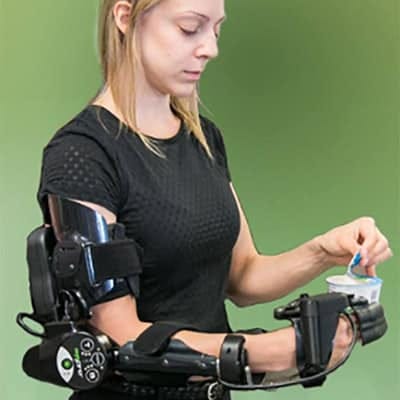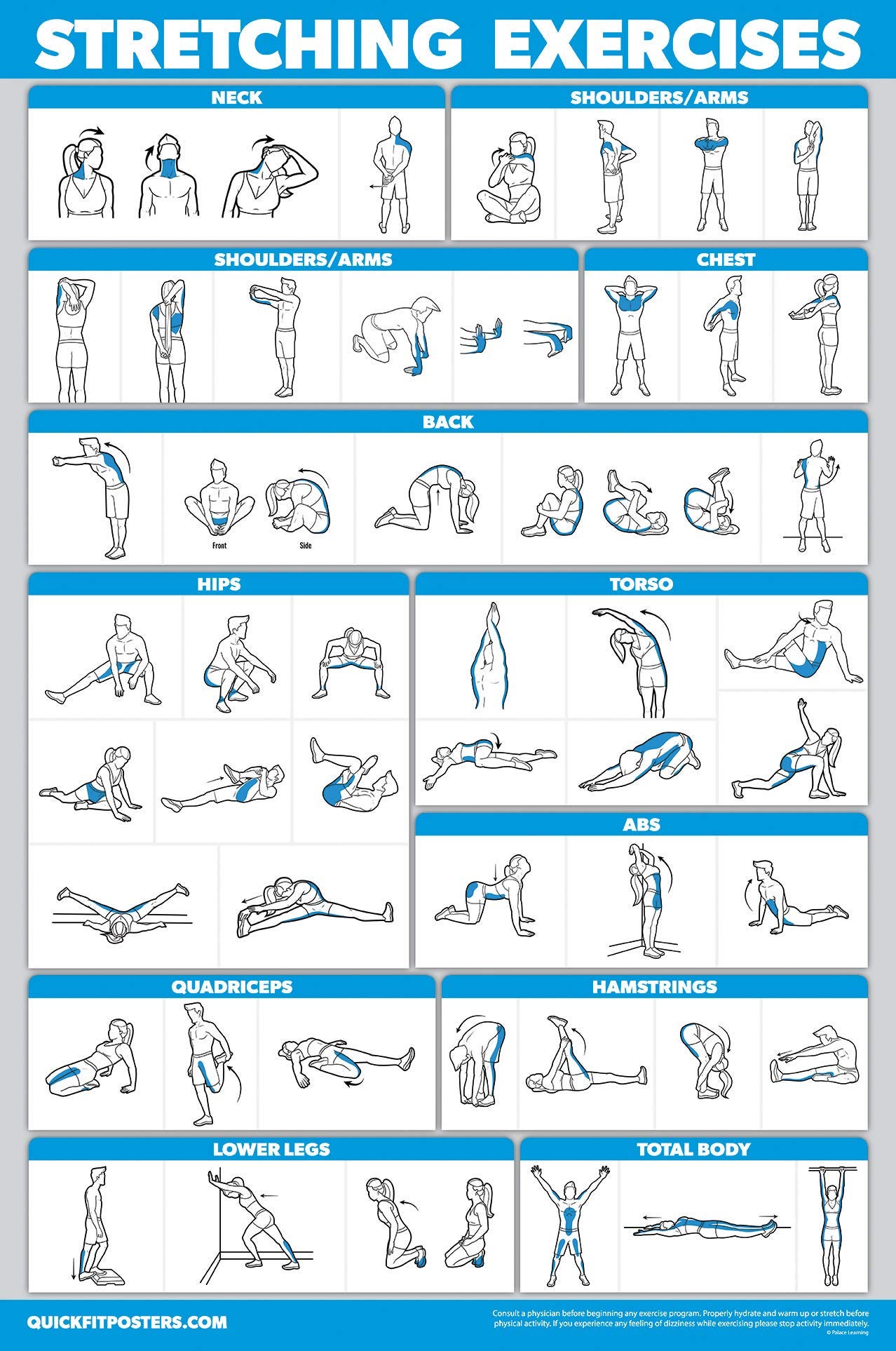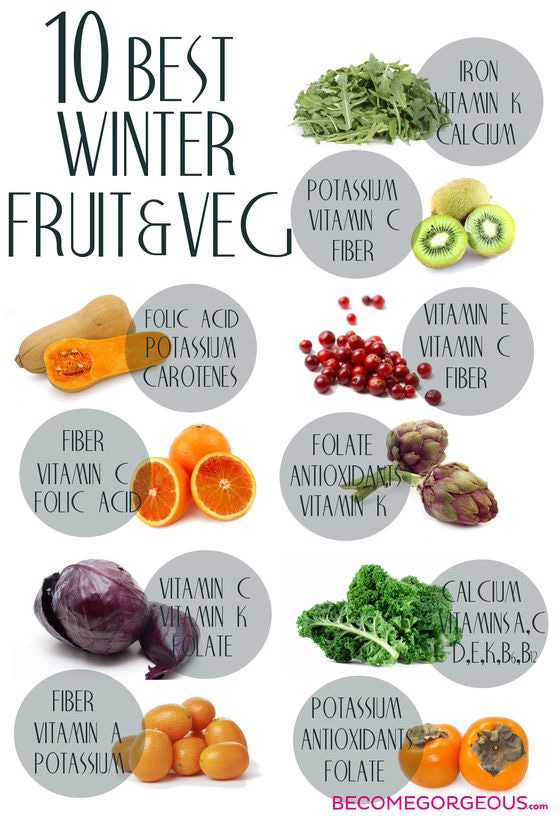Winter Wellness: How Physiotherapy Can Help with Cold-Weather Aches and Pains
Physiotherapy Post | Vol. 2, Issue 55 | December 2024
Dear Physiotherapy Post Community,
Winter has arrived, and with it comes the familiar aches and pains that many of us experience during the colder months. But you don’t have to let the chill get you down. In this edition of Physiotherapy Post, we’re focusing on how you can stay comfortable and pain-free throughout the season with the help of physiotherapy.
From managing joint stiffness to maintaining mobility, our expert tips and insights will provide you with the tools you need to navigate winter with ease. Discover practical strategies for alleviating discomfort and learn about the latest approaches in physiotherapy that can make a real difference in your well-being.
We’re committed to supporting your health and wellness, no matter the weather. Thank you for being a part of our Physiotherapy Post community, and we hope you find this newsletter both informative and helpful.
Wishing you a warm and pain-free winter,
Warm regards,
Dr. Aditi Singh, PhD
Editor, Physiotherapy Post
As the mercury drops, many of us experience an increase in aches and pains, particularly in joints and muscles. According to a study published in the Journal of Rheumatology, cold weather can exacerbate joint pain due to changes in joint fluid viscosity, leading to stiffness and discomfort. Physiotherapy plays a crucial role in managing these symptoms, helping individuals maintain mobility and comfort throughout the winter months.
Common Winter-Related Aches and Pains
Winter often exacerbates joint pain, particularly in the knees, shoulders, and hands. According to a study in the Journal of Orthopaedic & Sports Physical Therapy, these joints are most vulnerable due to their frequent use and exposure. To mitigate this, engaging in regular, low-impact exercises is essential. For instance, a combination of aerobics, strength training, and flexibility exercises can maintain joint mobility and reduce pain. A sample routine might include:
Aerobics: Brisk walking or cycling for 30 minutes, three times a week.
Strength Training: Resistance band exercises for upper and lower body, twice a week.
Flexibility: Daily stretching routines focusing on major muscle groups.
Joint Pain and Stiffness: Cold temperatures can increase joint stiffness by affecting the viscosity of synovial fluid, as noted in a study in the Journal of Rheumatology. Physiotherapy interventions, such as heat therapy and targeted exercises, can help alleviate this discomfort.
Back Pain: Increased inactivity during winter can lead to back pain. Staying active with guided exercises is essential, as recommended by the American Physical Therapy Association.
Muscle Strains from Winter Sports: Activities like skiing and ice skating can result in muscle injuries. Proper warm-up routines and strength training are crucial for prevention.
Falls and Injuries from Icy Surfaces: Slippery conditions increase the risk of falls. Balance and strength exercises can improve stability and reduce fall risk, as supported by research in the Journal of Physiotherapy.
Recent Advancements in Physiotherapy
Telephysiotherapy: Post-pandemic, telephysiotherapy has gained traction, offering convenient access to care. A meta-analysis in the British Journal of Sports Medicine highlights its effectiveness in managing various conditions.
Wearable Technology: Devices like smart braces provide real-time feedback for rehabilitation. Studies in the Journal of Physiotherapy demonstrate their benefits in monitoring and improving joint movements. Wearable technology, such as the MyoPro and X Sensor Smart Brace, provides real-time feedback on joint movement, enhancing rehabilitation efforts.
Advanced Pain Management Techniques:
Dry Needling: This technique involves inserting fine needles into muscle trigger points to relieve pain. A study in the International Journal of Physical Medicine & Rehabilitation demonstrated its effectiveness in reducing muscle tension and improving range of motion.
Laser Therapy: Low-level laser therapy promotes tissue healing and reduces inflammation. Research in the Journal of Photochemistry and Photobiology B: Biology shows its efficacy in managing chronic pain conditions.
Ultrasound Therapy: Utilizing high-frequency sound waves, ultrasound therapy enhances circulation and reduces pain. Studies in the Journal of Ultrasound in Medicine confirm its benefits in treating musculoskeletal injuries.
Innovations in Rehabilitation Technologies:
Robotic-Assisted Therapy: These systems provide precise, repetitive movements, enhancing recovery in patients with neurological or musculoskeletal conditions. A case study in the Journal of NeuroEngineering and Rehabilitation illustrated significant improvements in mobility and strength.
Virtual Reality (VR): VR technologies offer immersive environments for rehabilitation, enhancing motivation and engagement. Research in the Journal of Rehabilitation Medicine shows VR's potential in improving balance and coordination.
Practical Tips for Winter Wellness
Stay Active Indoors: Engage in exercises like yoga or treadmill walking. The American Physical Therapy Association recommends at least 150 minutes of moderate exercise weekly.
Stretching and Warm-Up Routines: Prepare your body for activity to prevent stiffness.
Proper Hydration and Nutrition: Support your body with adequate fluids and nutrients.
Case Study/Success Story
Consider the case of a 55-year-old patient with osteoarthritis who experienced significant reduction in joint pain and improved mobility after a tailored physiotherapy program. The program included heat therapy, targeted exercises, and patient education. The patient reported a 40% reduction in pain and increased ability to perform daily activities, as documented in the Journal of Physiotherapy.
Q&A Section
Do I need to see a physiotherapist for mild winter aches?
Yes, early intervention can prevent minor issues from becoming chronic, as per guidelines from the World Confederation for Physical Therapy.How often should I exercise during the winter?
Aim for at least 150 minutes of moderate exercise weekly, as recommended by the American Physical Therapy Association.Are there specific exercises to prevent falls on ice?
Balance and strength exercises can improve stability and reduce fall risk, supported by research in the Journal of Physiotherapy.
News update:
1. Why cholesterol level rises during winter season
Read more at: Link
2. Winter Heart Attack Symptoms In Men 40s At Night: Top 7 Warning Signs You Shouldn't Ignore After 10PM
Read more at: Link
3. Paracetamol poses gastrointestinal, cardiovascular, and renal risks for seniors: Study
Read more at:Link
Upcoming event/s:
Thought of the Week:
If you have any questions or would like more personalised advice, feel free to reach out to our expert team at dr.aditisingh05@gmail.com.
Wishing you a vibrant and pain-free times ahead!
Warm regards,
Team Physiotherapy Post












